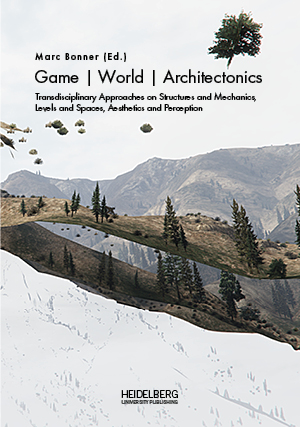How to Cite
License (Chapter)

This work is licensed under a Creative Commons Attribution-ShareAlike 4.0 International License.
Identifiers (Book)
Published
Image Contact
Haptic Actions in Virtual Spaces
Abstract Since the beginning of the twenty-first century, touch has experienced a programmatic boom again. Numerous approaches in the fields of human-computer interaction, virtual reality, and game design are raising the art theoretical and aesthetic ennoblement of the sense of touch to the actual sense of reality. Current media technology efforts are guided by the goal of enhancing the visual perception of digital 3D worlds through matching and complementary tactile impressions. The touch of material shapes and structures is becoming increasingly important, especially when the recipient wearing a head-mounted display has no visual access to the things being identified by touch. But what perception of the senses and their peculiarities motivate and shape these developments? What understanding of space underlies the haptic image environments? This article takes the prominence of the haptic materials in current VR games, and experiments as a starting point for thinking about promises and disappointments of sensory feedback systems. Based on multi-sensory approaches developed at the Bauhaus in Dessau during the 1920s, the article discusses alternative designs of physical-virtual fields of action.
Keywords Virtual reality, immersion, haptic imagery, sensory modalities, touch information, spatial experience, feedback systems,digital-physicalinteraction, virtual embodiment, enactivism




